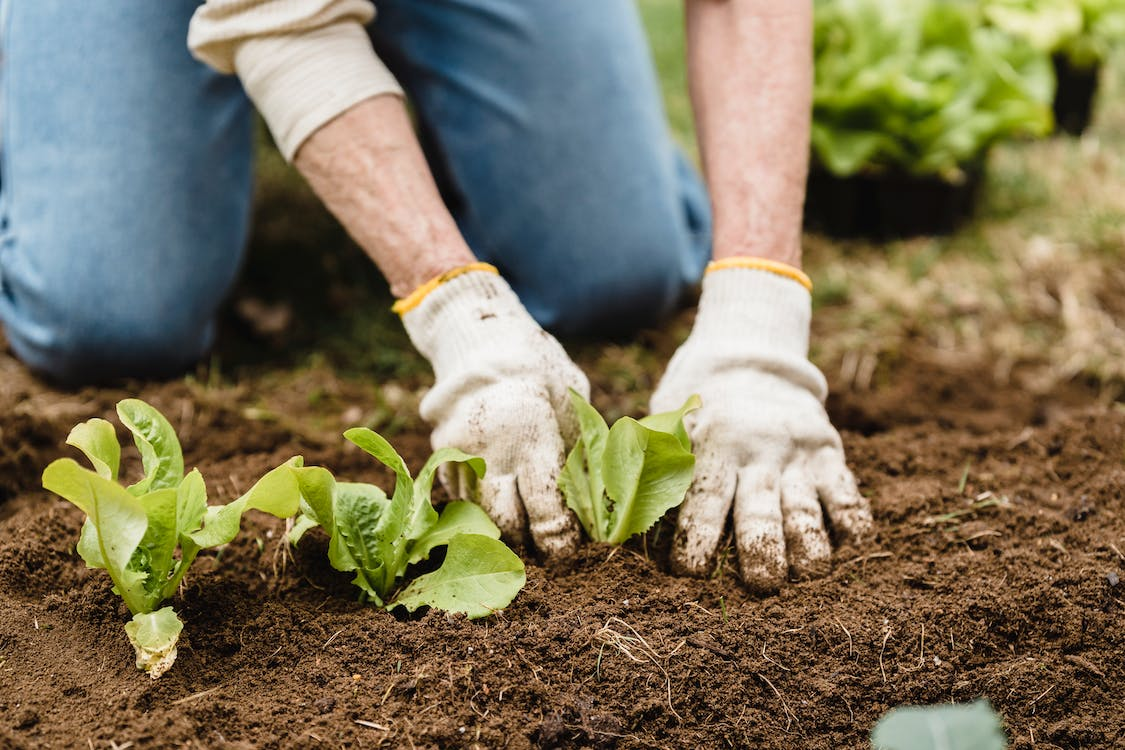Sowing Green: Sustainable Practices Shaping Modern Agriculture
As consumer demand for sustainably produced items grows, farmers are increasingly adopting eco-friendly agricultural practices. Focusing on methods that minimize waste and environmental impact, these modern farming techniques aim to meet rising consumer expectations for responsibly grown food and agricultural products. From organic vegetable farms to producers of eco-friendly cannabis products, agricultural operations are finding ways to operate in an environmentally conscious manner. Let’s explore such practices that represent a significant shift in how we grow the food and goods people rely on daily.
Why sustainable agriculture exists
The foremost purpose of sustainable agriculture is to meet current food needs without compromising the ability of future generations to do the same. This approach to farming integrates three main goals:
1. Environmental Health
Sustainable agriculture prioritizes the protection and enhancement of the environment. Decreasing reliance on chemical fertilizers and pesticides helps preserve biodiversity and prevents soil and water pollution. The goal is to cultivate land to keep it fertile and viable for future generations.
2. Economic Profitability
For sustainable agriculture to be viable, it must also be economically profitable for farmers. This involves ensuring that farming practices are cost-effective and yield a good return on investment. Sustainable methods can reduce costs over time by enhancing soil fertility and diminishing the need for expensive chemicals. It also opens up opportunities in markets that value eco-friendly products, potentially leading to higher income for farmers who adopt these practices.
3. Social and Economic Equity
This aspect emphasizes fair treatment and good quality of life for all farming community members, including workers. Sustainable agriculture promotes fair labor practices, supports local economies, and helps small-scale farmers better compete in the market. Focusing on local resources and needs empowers communities, helps to reduce poverty, and increases food security. This goal recognizes the importance of equitable access to resources, education, and opportunities in the agricultural sector.
Key Sustainable Agricultural Practices
Here are some of the most viable modern agriculture practices worth exploring:
1. Regenerative Agriculture
Regenerative agriculture is a holistic approach focusing on soil and land restoration. Farmers minimize soil disturbance through reduced tilling or no-till methods. They plant cover crops, incorporate compost and manure, and use crop rotation to improve soil health and nutrient density. By enhancing the soil’s organic matter, this particular method boosts soil fertility and absorption of carbon dioxide, water retention, biodiversity, and crop yields. The consequential benefits are reduced erosion, carbon sequestration, and climate change mitigation.
2. Precision Agriculture
Leveraging technology, precision agriculture optimizes both inputs and outputs. Through the use of sensors, drones, and AI, farmers can analyze soil and crop health, allowing them to apply water, fertilizers, and pesticides more efficiently and only where needed. This reduces waste and environmental impact.
3. Organic Farming
Organic farming relies on natural processes and materials to escape synthetic fertilizers and pesticides. It promotes biodiversity, conserves water, reduces pollution, and enhances soil fertility. Although often less productive per hectare than conventional methods, organic farming is gentler on the environment.
4. Agroforestry
This practice integrates trees and shrubs into agricultural land. It diversifies production, enhances wildlife habitats, improves soil quality, and reduces erosion. Agroforestry also plays a critical role in carbon sequestration.
5. Aquaponics
Aquaponics combines aquaculture, raising fish, and hydroponics, growing plants without soil. The waste produced by fish supplies nutrients to plants, which, in turn, filter and clean the water for the fish. This sustainable food production system requires no pesticides or fertilizers and conserves water. Aquaponics can operate almost anywhere, even on rooftops or balconies in cities. As such, it uses significantly less water than traditional agriculture, can be set up in urban settings, and dramatically helps reduce food transportation needs.
6. Permaculture
Permaculture is an approach to land use that adopts arrangements and features observed in natural ecosystems. Practices like intercropping, agroforestry, and rotational grazing are used to build soil health, habitat, and crop diversity. The goal is to design agricultural systems that are ecologically resilient and largely self-sufficient.
Challenges and Opportunities
There are both setbacks and exciting possibilities in embracing environmentally friendly farming practices.
Economic and Social Considerations
Transitioning to sustainable practices can be cost-prohibitive for small-scale farmers. Education and financial support, such as subsidies and grants, are crucial for broader adoption. Additionally, sustainable agriculture can create new jobs and strengthen local communities.
Technological Advancements
Innovations in biotechnology, such as CRISPR gene editing, offer the potential for developing crops that are more resistant to pests, diseases, and extreme weather. However, these technologies must be carefully regulated to ensure safety and ethical considerations.
Policy and Governance
Government policies play a pivotal role. Incentives for sustainable practices, investment in agricultural research, and regulations that discourage harmful practices are essential. International cooperation is also critical, as the challenges of agriculture are global.
The Road Ahead
The transition to sustainable agriculture is not just a necessity but an opportunity. It represents a paradigm shift in how we interact with our environment—respecting and working with nature rather than against it. The practices outlined above are not exhaustive but indicative of a broader movement towards a more sustainable, equitable, and resilient agricultural system. As consumers, we hold power through our choices and can drive change by supporting sustainable farming practices. Education and awareness about food production sources and methods can lead to more informed decisions.
Final Thoughts
More than a simple journey, sustainable agriculture is a destination that profoundly impacts human existence. It requires ongoing innovation, collaboration, and commitment from all stakeholders: farmers, scientists, policymakers, and consumers. By sowing green today, we are investing in a future where agriculture continues to be the lifeline of humanity, in harmony with the Earth.

